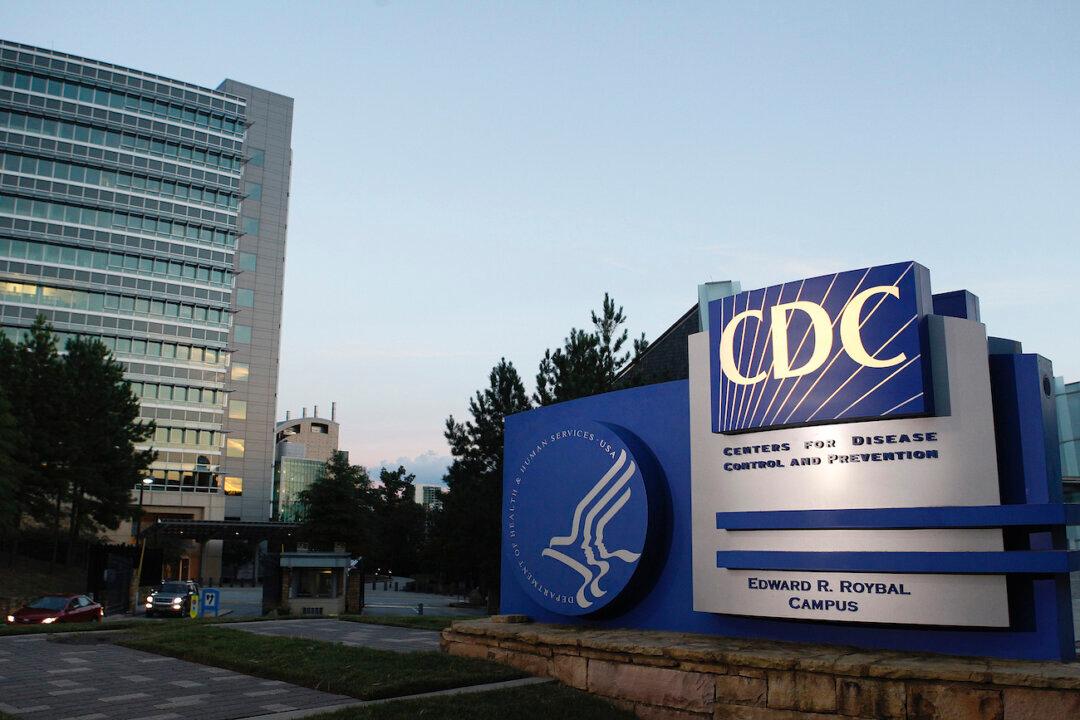Two recent studies found that the rate of mortality has been dropping for hospitalized COVID-19 patients.
One of the studies was conducted on hospitalizations in the New York University Langone Health system between March and August. An author of the study, Leora Horwitz, also an associate professor at the Grossman School of Medicine at NYU, said that from the beginning of the pandemic until now, the mortality rate for patients infected with the CCP (Chinese Communist Party) virus has decreased significantly.





